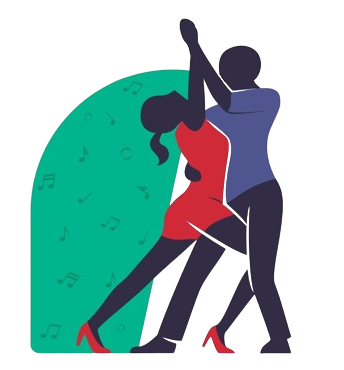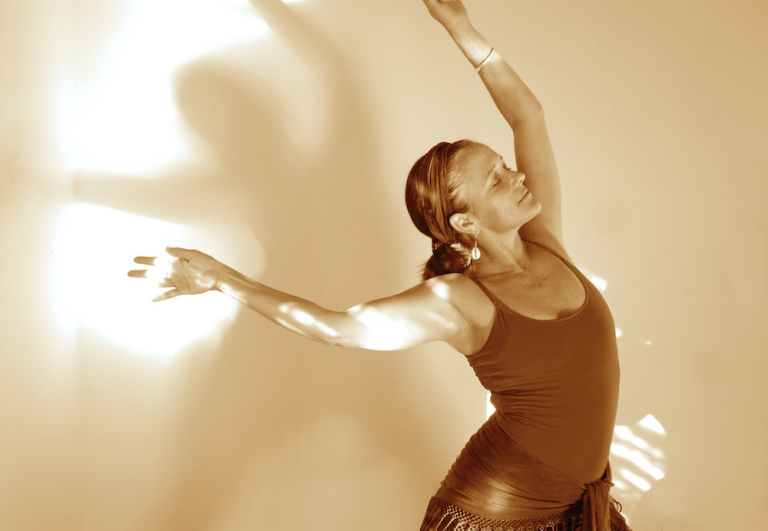The Development of Dance Forms in Different Cultures
For ages, dance has been an essential component of human civilization, serving as a universal language that knows no bounds. A fascinating journey reflecting the many histories, customs, and expressions of communities around the world is the growth of dance genres across cultural boundaries. Humanity’s rhythmic pulse can be heard in everything from traditional ceremonies to modern international dance styles.
1. Ancient Rituals and Ceremonial Dances:
The roots of dance can be traced back to ancient rituals and ceremonial practices. Many cultures incorporated dance as a form of worship, celebration, or storytelling. In African societies, intricate dance movements were an essential part of tribal rituals, connecting individuals with their ancestors and the spiritual realm. Similarly, Native American tribes used dance to communicate with nature and express gratitude for the earth’s bounties.
2. Classical Elegance:
In different corners of the world, classical dance forms emerged, each with its unique aesthetics and cultural significance. Ballet, originating in the courts of Renaissance Italy and later flourishing in France and Russia, is known for its graceful movements and elaborate storytelling. Meanwhile, Indian classical dances such as Bharatanatyam and Kathak tell tales of mythology and spirituality through intricate hand gestures, facial expressions, and vibrant costumes.
3. Folk Dances:
Folk dances provide a colorful tapestry of cultural diversity, capturing the essence of regional traditions and celebrations. From the lively Irish jigs to the spirited Mexican folk dances, these expressions of communal joy are deeply rooted in history and often passed down through generations. Folk dances serve as a living archive of a community’s heritage, telling stories of love, harvest, and communal bonding.
4. Cultural Exchange and Fusion:
As societies interconnected through trade, migration, and cultural exchange, dance styles began to blend and evolve. This fusion of influences gave rise to exciting new forms. For instance, the tango, born on the streets of Buenos Aires, emerged from a blend of African, European, and Indigenous cultural elements. In the United States, the development of jazz dance was heavily influenced by the African American experience and the cultural melting pot of New Orleans.
5. Contemporary Expressions:
The 20th and 21st centuries witnessed a surge of innovation in dance, with contemporary styles breaking free from traditional norms. Hip-hop, born in the neighborhoods of New York City, became a global phenomenon, expressing the struggles and triumphs of marginalized communities. Street dance, breaking, popping, and locking, evolved as powerful forms of self-expression and cultural commentary.
6. Technological Influence:
The digital age has further accelerated the evolution of dance, providing a global stage for dancers to share their art. Platforms like YouTube and social media have allowed dance trends to spread rapidly across borders, contributing to a vibrant and interconnected global dance community. Viral challenges and dance crazes become shared experiences, blurring cultural boundaries in the process.
7. Dance as a Cultural Diplomat:
In the contemporary world, dance has become a powerful tool for cultural diplomacy. International dance festivals, exchange programs, and collaborative performances foster mutual understanding and appreciation. Dancers from different backgrounds come together to create performances that transcend language, fostering connections and breaking down cultural barriers.
In conclusion, the evolution of dance styles across cultures is a testament to the dynamism and adaptability of human expression. From the sacred rituals of ancient civilizations to the urban beats of hip-hop in the modern era, dance continues to shape and reflect the rich tapestry of global culture. As societies intertwine, dance remains a bridge that connects us all, allowing for the celebration of diversity and the shared joy of rhythmic expression.



